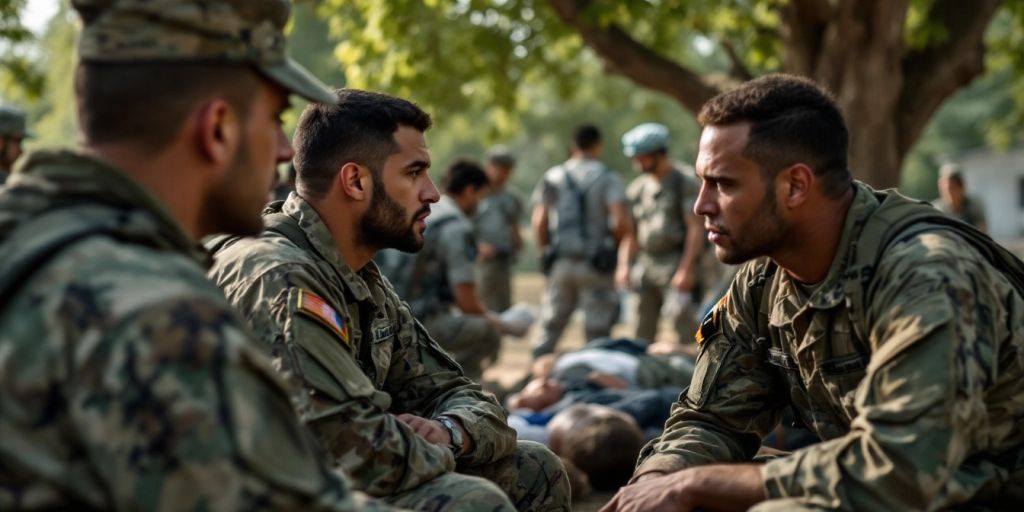On Veterans Day, the military is taking significant steps to address a concerning issue: mysterious brain injuries among active-duty members and veterans caused by the very weapons they use to defend the nation. This investigation into the effects of blast overpressure (BOP) is crucial for the health and safety of those who serve.
Key Takeaways
- The military is investigating brain injuries linked to firing weapons.
- Blast overpressure (BOP) is identified as a significant risk factor.
- New guidelines and safety protocols are being implemented to protect troops.
Understanding Blast Overpressure
Blast overpressure refers to the shockwaves produced when weapons are fired, which can have detrimental effects on soldiers' brains. This phenomenon is particularly concerning for those in artillery units, where the impact of firing mortars and other explosive devices can lead to severe headaches, disorientation, and long-term cognitive issues.
Todd Strader, a former soldier, shared his experience of suffering from debilitating headaches and other symptoms after years of service. Initially, he and his doctors attributed his issues to PTSD, but emerging research has highlighted the neurocognitive effects of BOP, leading to a reevaluation of how these injuries are understood and treated.
Legislative Action
In response to growing evidence of BOP-related injuries, Congress has introduced the "Blast Overpressure Safety Act" aimed at improving prevention, mitigation, and treatment of these injuries. Key provisions of the act include:
- Establishing safety guidelines for exposure to BOP.
- Requiring cognitive assessments for affected servicemembers.
- Mandating personal protective equipment for those at risk.
New Military Protocols
The Department of Defense (DoD) has issued new protocols to manage brain health risks associated with BOP. These include:
- Setting a safety threshold of 4 PSI for personnel near weapons.
- Implementing standoff distances for troops during training.
- Utilizing simulations instead of live rounds when possible.
- Training personnel to recognize and report symptoms of BOP exposure.
Challenges Ahead
Despite these new guidelines, skepticism remains regarding their implementation. Experts like Jon Retzer from Disabled American Veterans express concerns that the language in the guidelines may not adequately protect soldiers, particularly in mission-critical situations where safety protocols may be overlooked.
Innovations in Protection
In light of these challenges, Todd Strader has developed a prototype called Pelta 6, designed to attach to soldiers' helmets. This carbon fiber flap aims to absorb and deflect blast waves, potentially reducing the impact of BOP by up to 40%. Strader's initiative highlights the need for innovative solutions to protect soldiers from invisible injuries.
Conclusion
As the military investigates the mysterious brain injuries affecting its troops, the focus on blast overpressure and its consequences marks a significant shift in how these injuries are perceived and addressed. With new guidelines and innovative protective measures, there is hope for better health outcomes for those who serve the nation.







